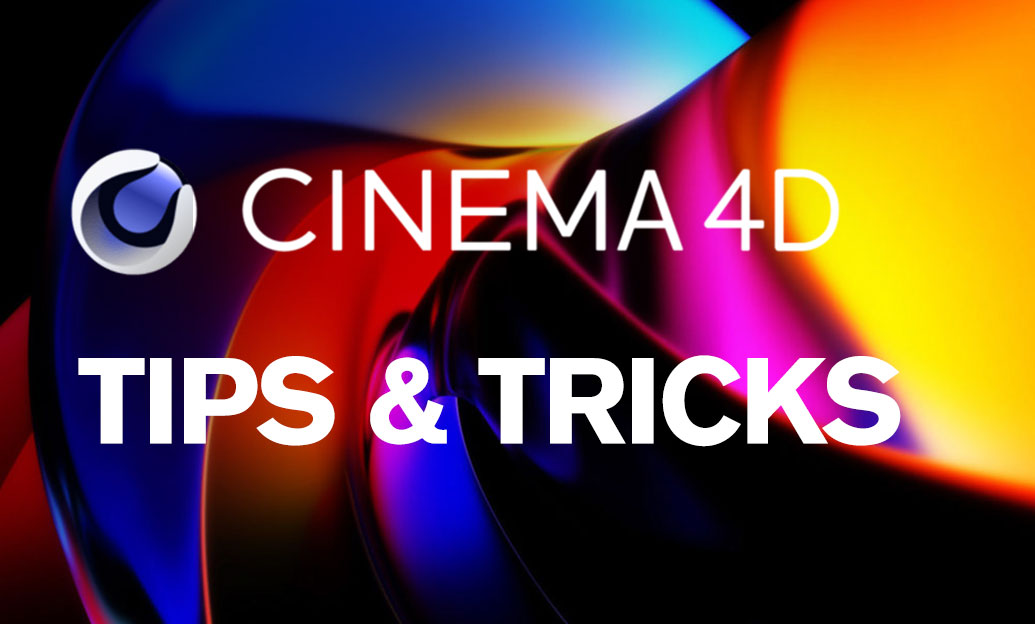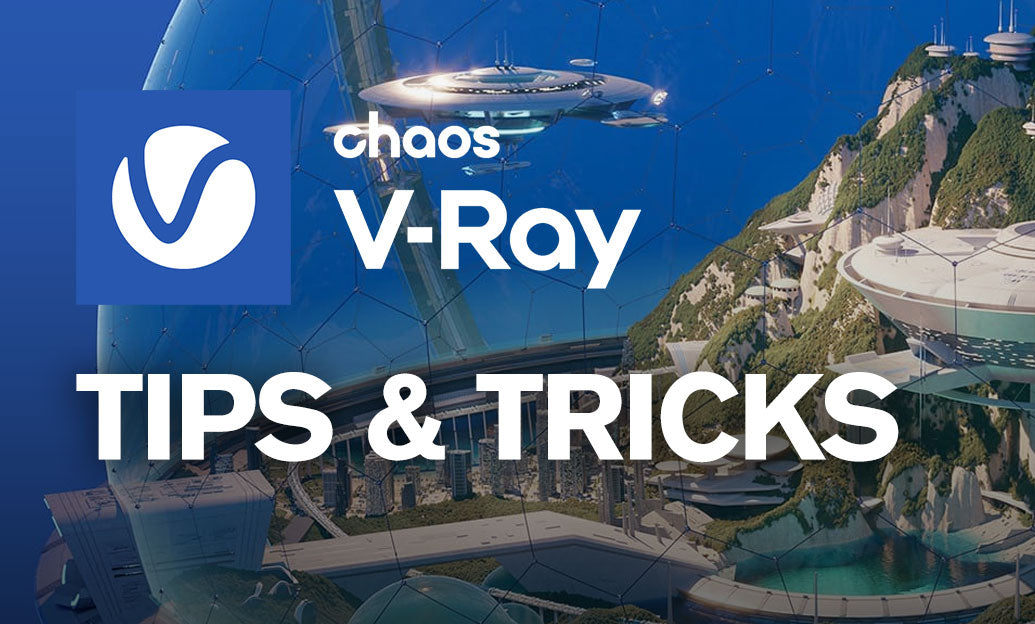Your Cart is Empty
Customer Testimonials
-
"Great customer service. The folks at Novedge were super helpful in navigating a somewhat complicated order including software upgrades and serial numbers in various stages of inactivity. They were friendly and helpful throughout the process.."
Ruben Ruckmark
"Quick & very helpful. We have been using Novedge for years and are very happy with their quick service when we need to make a purchase and excellent support resolving any issues."
Will Woodson
"Scott is the best. He reminds me about subscriptions dates, guides me in the correct direction for updates. He always responds promptly to me. He is literally the reason I continue to work with Novedge and will do so in the future."
Edward Mchugh
"Calvin Lok is “the man”. After my purchase of Sketchup 2021, he called me and provided step-by-step instructions to ease me through difficulties I was having with the setup of my new software."
Mike Borzage
V-Ray Tip: Enhancing Photorealism in V-Ray: Essential Render Settings and Techniques
June 28, 2025 2 min read

Achieving photorealistic renders in V-Ray involves fine-tuning various render settings to emulate real-world lighting and materials accurately. Here are essential settings to consider:
-
Global Illumination (GI):
- Enable GI to simulate realistic light bounces.
- Choose between the Brute Force and Irradiance Map methods based on scene complexity.
- Adjust the GI settings to balance quality and render times effectively.
-
Anti-Aliasing and Sampling:
- Use the V-Ray Image Sampler (Antialiasing) to control the quality of your render.
- Increase the Min and Max Subdivs to reduce noise and enhance detail.
- Enable Adaptive DMC to optimize sampling in areas with less detail.
-
Lighting:
- Utilize V-Ray's Sun and Sky system for natural outdoor lighting.
- Incorporate HDRI maps with V-Ray Dome Lights for realistic environment lighting.
- Adjust light intensities and colors to match the desired mood and time of day.
-
Materials and Textures:
- Create complex materials using V-Ray's Material Editor for realistic surfaces.
- Incorporate high-resolution textures and bump maps to add depth and detail.
- Utilize the Fresnel effect in reflective materials to achieve realistic glossiness.
-
Render Elements:
- Set up multiple render elements such as Diffuse, Reflection, and Refraction for post-processing flexibility.
- Use the Z-Depth element to control depth of field and atmospheric effects in post-production.
- Export separate render passes to fine-tune lighting and materials during compositing.
-
Noise Reduction:
- Enable V-Ray Denoiser to clean up noise without significantly increasing render times.
- Adjust the Denoiser settings to preserve edge details while removing unwanted noise.
-
Camera Settings:
- Use V-Ray's Physical Camera to simulate real-world camera behaviors like aperture and shutter speed.
- Set appropriate depth of field settings to focus on key elements within the scene.
- Adjust exposure settings to achieve balanced lighting and realistic brightness.
-
Optimization for Render Times:
- Utilize V-Ray's Frame Buffer efficient settings to preview adjustments quickly.
- Leverage distributed rendering to split tasks across multiple machines, speeding up the render process.
- Optimize memory usage by managing texture resolutions and scene complexity.
- Leverage NOVEDGE Resources:
By meticulously adjusting these settings, you can significantly enhance the photorealism of your V-Ray renders, producing stunning visuals that accurately reflect real-world environments and materials.
You can find all the V-Ray products on the NOVEDGE web site at this page.
Also in Design News

Cinema 4D Tip: Optimizing Collision Deformer for Realistic Surface Interactions in Cinema 4D
October 18, 2025 3 min read
Read More
Bluebeam Tip: Optimizing Field Data Collection with Bluebeam Field Tools
October 18, 2025 2 min read
Read More
V-Ray Tip: Optimizing Realistic Glass Material Rendering in V-Ray
October 18, 2025 2 min read
Read MoreSubscribe
Sign up to get the latest on sales, new releases and more …


